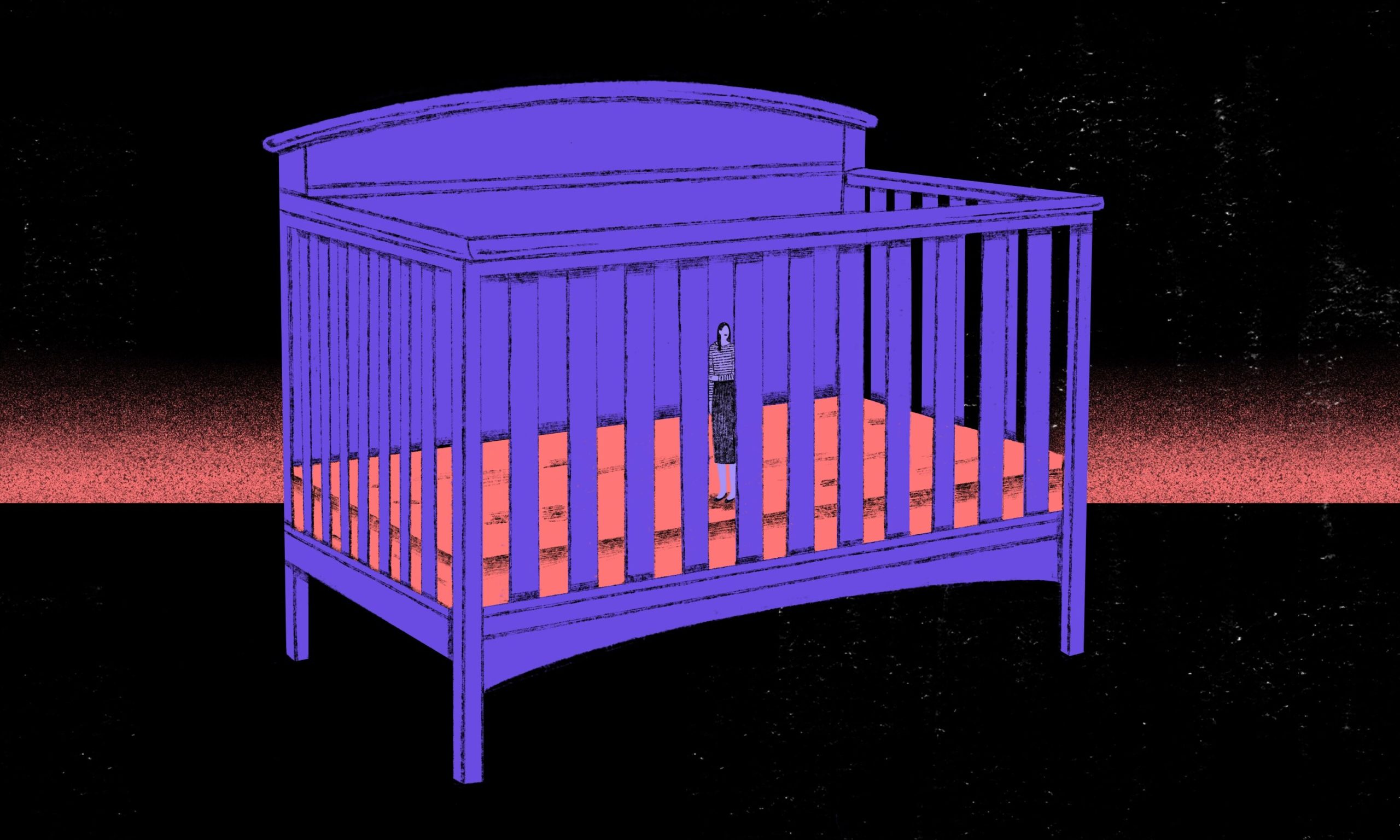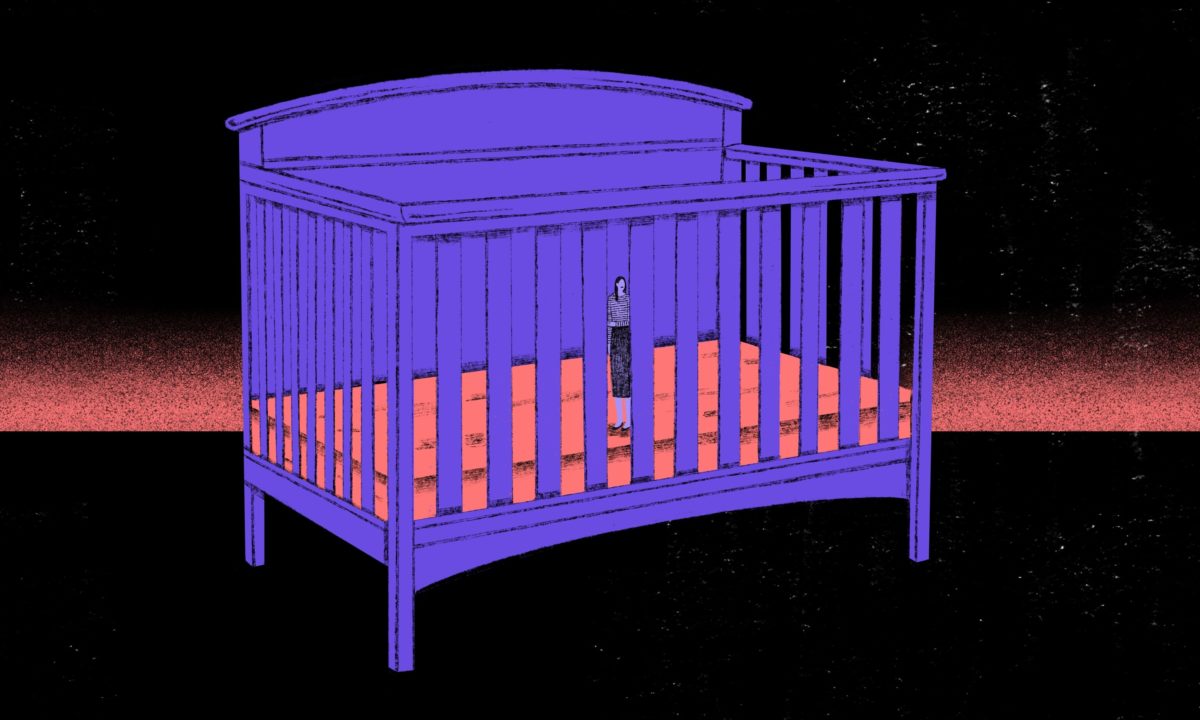Newsletter
A Judge Finally Called BS on ‘Shaken Baby Syndrome’
In January, a New Jersey judge said Shaken Baby Syndrome is “akin to junk science.”


A Judge Finally Called BS on ‘Shaken Baby Syndrome’
by Elizabeth Weill-Greenberg
When Michelle Heale was sentenced for shaking to death 14-month old Mason Hess, she told the courtroom: “Innocent people are being sent to prison based on this flawed theory…This needs to stop.”
More than six years later, a New Jersey judge agreed with her.
In January of this year, Superior Court of New Jersey Judge Pedro J. Jimenez, Jr. ruled in a different case that prosecutors could not introduce evidence of the scientifically dubious theory used to convict Heale—”Shaken Baby Syndrome.” In that case, a father was accused of shaking his 11-month-old son, who was identified as D.N. in the judge’s opinion.
Jimenez wrote that the diagnosis of Shaken Baby Syndrome, also known as Abusive Head Trauma, is “an assumption packaged as a medical diagnosis” and “lacks scientific grounding.” The parents had brought D.N. to the hospital because he appeared to be having seizures. Although he had a documented history of medical problems, including a hospital stay for the first seven months of his life, doctors concluded that he had been shaken.
“No study has ever validated the hypothesis that shaking a child can cause the triad of symptoms associated with AHT,” Judge Jimenez continued. “This diagnosis is akin to ‘junk science.’”
In February, Colin Miller, a professor at the University of South Carolina School of Law, submitted an application to the New Jersey Attorney General’s Conviction Review Unit asking that they “correct an injustice and set Michelle Heale free.” Last month, he sent the office a letter detailing Jimenez’s ruling. Miller began work on Heale’s application after he read The Appeal’s investigation into her case, which was published in 2020.
Proponents of the Shaken Baby Syndrome diagnosis claim that shaking a baby produces a so-called “triad” of catastrophic injuries exclusive to shaking — subdural hemorrhage, retinal hemorrhage, and brain swelling. The diagnosis does not require the presence of other injuries such as bruises, grab marks, or damage to the baby’s neck.
The injuries are so severe, these experts say, that the baby would immediately collapse. The last person with the baby — a parent, babysitter, or daycare worker — is often the prime (if not the only) suspect. The person accused is then left to prove they’re innocent of a crime that likely never occurred. They are up against damning testimony, often from physicians, who say with certainty that the baby’s injuries are comparable to those sustained from falling out of a window or being thrown from a car. In comparison, the defendant’s account — that the baby went limp — often seems farcical.
On Aug. 28, 2012, Heale was babysitting Hess in her New Jersey home. She says she was feeding him when he suddenly went limp.
Heale called 911. “His whole body is lifeless,” she told the operator. Hess was then rushed to the hospital.
The emergency room doctor diagnosed him with pneumonia and found evidence of a possible bacterial infection. Hess was airlifted to Children’s Hospital of Philadelphia. Their doctors quickly came to a different conclusion: Hess must have been shaken.
Hess was pronounced dead on Sept. 1. Although Heale, a mother of two, had no history of abuse, she was convicted of aggravated manslaughter and child endangerment and sentenced to 15 years in prison. At the time, her twins were six years old.
Studies and several exonerations have shown that there are many other explanations for the so-called triad, including accidental, seemingly inconsequential short-distance falls that may have occurred days or weeks before a baby’s collapse; trauma sustained during childbirth; or illness.
In Heale’s case, Hess was sick and had fallen in his home about a week before his collapse. The fall caused a bruise on his head that was visible during the autopsy.
Before Heale’s trial, her attorneys had contacted Chris Van Ee, a biomechanical engineer and accident reconstruction specialist, about her case. He wrote and sent them a report, but never heard back. The report was not introduced at her trial and he was not called to testify. In his report on Hess’s death, Van Ee wrote that the child did not have any bruises, skull fractures, or other injuries that would have indicated he was shaken.
Van Ee has testified as an expert in several criminal cases, including at the hearing held before Judge Jimenez to determine if the prosecution could introduce evidence of SBS against D.N.’s father.
Jimenez is not the first judge to question the SBS diagnosis. Another New Jersey judge acquitted a father who was accused of shaking his infant son. The father had said the baby unexpectedly went limp, at which point he’d taken him to the hospital. In the judge’s ruling he wrote that it was widely accepted in the scientific community that other causes can “‘mimic’ findings commonly associated with SBS.” His decision came down in the summer of 2018, about two months after the state Supreme Court refused to hear Heale’s appeal.
“There have now been two New Jersey courts that have deemed the same type of testimony used to convict Michelle Heale unreliable and inadmissible,” USC’s Miller wrote to the Attorney General’s conviction review unit in April. The most recent ruling further strengthens Heale’s innocence claim, Miller said, and he “again respectfully asks that her convictions be overturned.”
In the news
Contact us at newsletter@theappeal.org so we can feature your work here.
At the White House Correspondents Dinner, comedian Trevor Noah, lambasted the New York Times for its coverage of bail reform. [Britni Danielle / Twitter] See also from The Appeal: Ethan Corey digs into the numbers in his piece, Does bail reform lead to more crime?
Florida authorities arrested Kelvin Bolton, a Black man, while he was staying in a homeless shelter and charged him with voting illegally. Bolton has thousands of dollars of unpaid court fines and fees, which prohibit him from voting. He had registered to vote while he was in jail during a voter registration drive. [Kira Lerner / News from the States]
The lead attorney defending the New York City Police Department in civil rights lawsuits stemming from the 2020 protests, was fired last week. Dara Weiss lost her job with the New York City Law Department after it was discovered that she had lied to the federal judge and forged multiple documents. [Nick Pinto / Hell Gate] A note from The Appeal: Hell Gate is a new worker-run publication in New York. Go support them if you can!
The Service Employees International Union, Local 1000 has asked a California court to keep a prison open because if it closes prison staff will be transferred or lose their jobs. [Shakeer Rahman/ Twitter]
The Los Angeles Police Department released video footage of an officer shooting Jose Barrera, who was holding a cell phone. Police then handcuffed Barrera and booked him for assault with a deadly weapon involving a firearm, although he did not have a weapon. The District Attorney declined to file charges. [Lexis-Olivier Ray / L.A. Taco]
ICYMI – from The Appeal
Jessica Phoenix Sylvia, a transgender woman, will be released from prison after almost twenty years in a men’s prison, but she won’t be going home — home no longer exists.
Using the skills he learned from as an educator on HIV/AIDS, incarcerated writer Patrick Stephens helped fight vaccine misinformation among correctional officers and incarcerated people inside New York’s Sing Sing prison.
That’s all for this week. Feel free to leave us some feedback, and if you want to support our official relaunch, please donate here. Until next time, the work continues.
